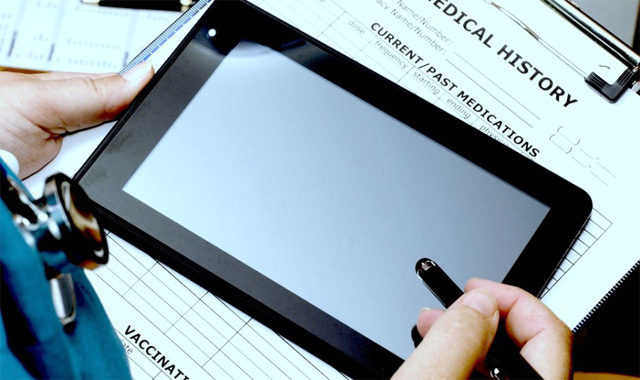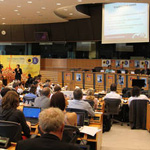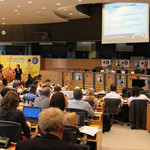What Should You Know About Legionella And Water Services?
No matter how large or small your company or building water system is, Legionella bacteria must not be allowed to develop and spread. If infection is not prevented, even the tiniest water system may be jeopardized. If you manage your business’s water systems, you can prevent waterborne bacteria from growing and protect employees against Legionnaires’ illness.
Legionella control begins where?
If you want to comply with UK health and safety regulations, you must do a risk assessment (https://www.epa.gov/risk/about-risk-assessme) before taking any action to eliminate legionella hazards in your water systems. An evaluation of the risk of legionella will reveal any threats and provide preventative measures to keep individuals safe.
Discover risk assessment.
A detailed schematic or design of your water system, including every outlet, pipe, and other features, can help you understand it. By providing a visual picture of your water infrastructure, this plan may help you identify potential hotspots for legionella growth. For instance, the schematic design may reveal one or two dead pipe legs which should be demoed that might cause water stagnation.
With any potable water storage a possible contamination point, it’s vital the water piping be fully traceable. In the event of contamination, the source must be identified and eliminated before any portion of the piping is deemed safe for use. It may help you find a seldom-used tap or shower head, or even non-food grade welds allowing bacteria to fester, or cause water stagnation.
Eliminating legionella hazards.
You can reduce or eliminate infection hazards after identifying them. Disconnected pipes cause stagnant water and biofilms on water system surfaces, which legionella may thrive in. Rarely utilized water exits increase the risk of stagnant water in the system. Regular flushing may alleviate stagnant water difficulties, particularly if it is part of the pathogen management and maintenance strategy.
Check your company’s communicable disease risk manager’s qualifications. Risk management requires a knowledgeable and responsible individual. Working alongside a water and air hygiene services company like Total Water Compliance is the most thorough path to ensuring all regulatory specs are met, and there is no risk to public health due to unfortunate oversights in the infection control program. To accomplish the work well, employees need experience and training, coupled with frequent refresher courses.
Discover training for the responsible person.
Consider how water system changes might influence contamination risk. To prevent legionella risk, get professional guidance on water system changes, piping, and other components. Before construction, reviewing engineering drawings may identify possible infection hazards and design them out, saving money and improving water quality.
Maintain safe water temperatures.
Water temperature controls legionella in water systems. All outlets should keep hot water above 50 deg. C and cold water below 20 deg. C. Usually, thermostatic mix valves may also need to be installed to manage water temperature depending on the structure and its use to prevent scalding in the event of use.
In hospitals and care homes, certain residents and patients may be more susceptible to hot water scalding.
Maintain humidifiers and respiratory equipment:
- Always use sterile/distilled water.
- Change water after each usage.
- Humidifiers should be cleaned every three days.
- Change filters regularly.
- Follow humidifier manufacturer cleaning instructions.
- Following instructions also apply when cleaning residential whirlpools and hot tubs.
Preventing legionella requires monitoring and maintaining acceptable disinfection levels. Spa and hot tub users should take precautions against contracting legionella. Potting mixes, mulches, and gardening soils contain legionella. Usage warm, soapy water to wash your hands after use.
Legionella cannot thrive in home or automobile air conditioners since they don’t need water.
Keep cold water under 20 degrees Celsius. Keep hot water storage above 60 degrees Celsius.
Maintain, clean, and disinfect items prone to legionella.
Regular preventative maintenance, cleaning, and disinfection should cover the whole water system to preserve water quality. Disinfecting the system reduces legionella bacteria, preventing it from spreading. This treatment reduces biofilm and removes outlets. Water filtration systems often lower contamination risk.
External water sources may transport bacteria, debris, and other biofilm-promoting factors into the system. Filtering water before use removes several additional danger factors.
Test water quality regularly.
To document all maintenance and safety measures, water quality tests, notably for legionella, should be documented. Water testing can verify infection control strategies.










































